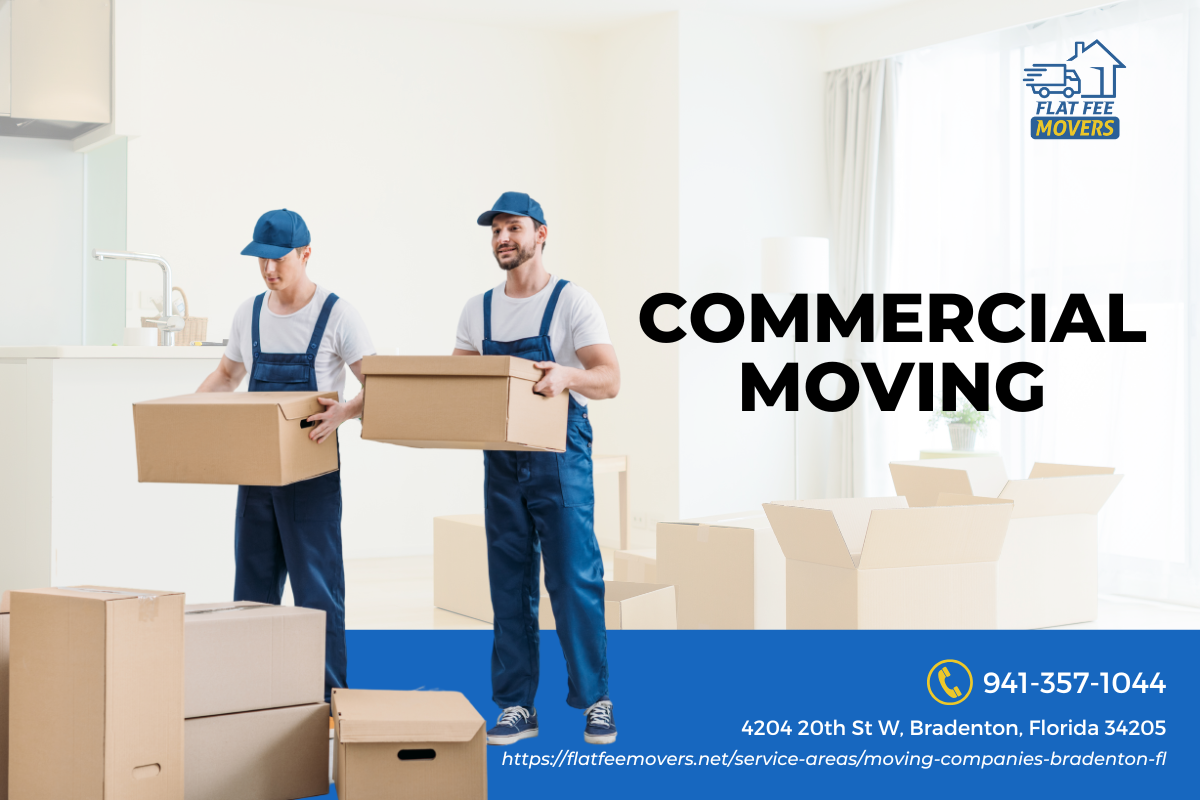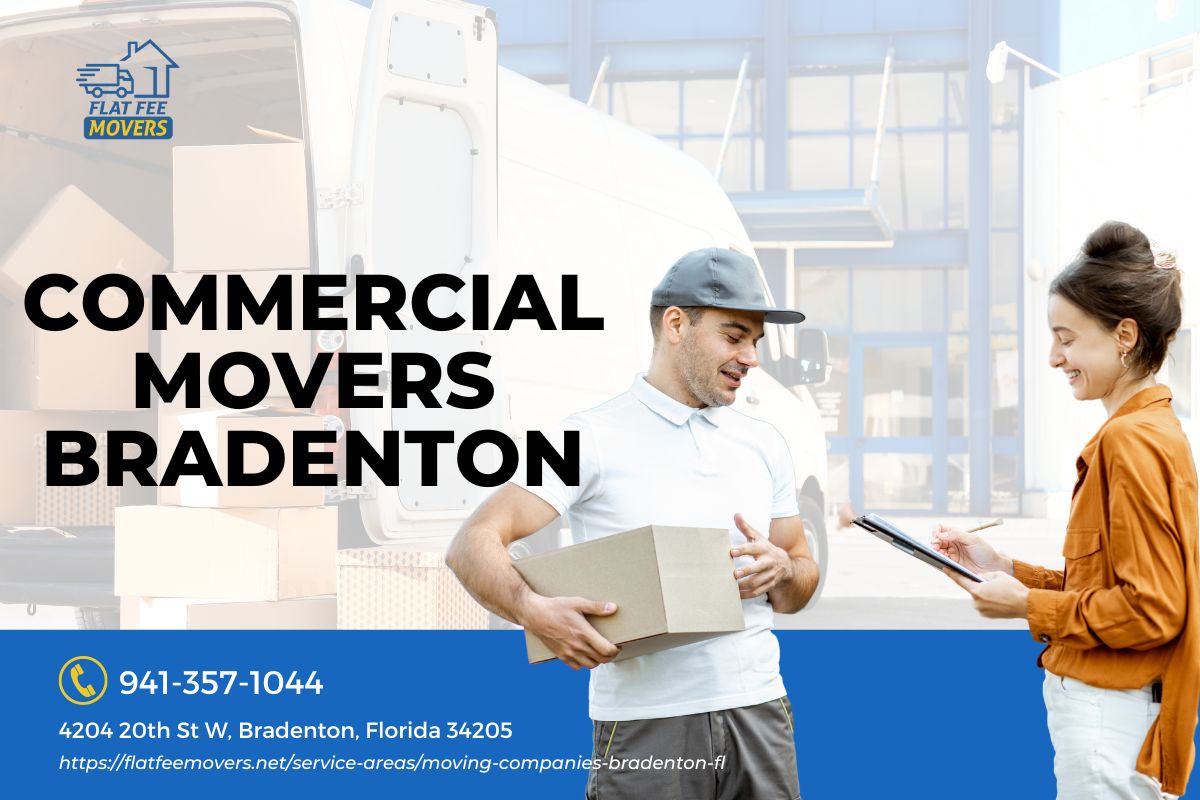


Introduction
Moving an office can be a daunting task, filled with numerous challenges and logistical hurdles. The complexity of relocating an entire business—replete with equipment, furniture, and sensitive documents—requires meticulous planning and execution. However, with the right tools and resources, the process can become significantly more manageable. This article will guide you through essential tools and resources for planning your office move, ensuring that every aspect of your business relocation is well-organized and efficient.
Essential Tools and Resources for Planning Your Office Move
When it comes to a successful office move, having the right tools at your disposal is critical. These tools not only simplify the moving process but also help ensure that nothing is overlooked. Below are several essential resources that can aid in planning your office relocation:
1. Checklist for Office Moving
Creating a comprehensive checklist should be your first step in the moving process. This list should include everything from packing supplies to utilities management.
- Packing Supplies: Boxes, tape, bubble wrap, markers. Utilities: Schedule disconnection of old services and connection of new ones. Inventory List: Document all items being moved to avoid loss.
By maintaining a checklist, you can systematically approach each stage of your move.
2. Timeline for Business Relocation
A well-defined timeline is crucial to keep your move on track. Establish deadlines for key tasks such as notifying clients about your new address or scheduling movers.
- 8 Weeks Before Move: Start decluttering and sorting. 4 Weeks Before Move: Confirm logistics with commercial movers. 1 Week Before Move: Finalize packing and prepare for transition.
Adhering to a timeline helps mitigate last-minute stressors commonly associated with office moves.
3. Budget Planning Tools
Creating a budget is imperative in any business operation; moving is no different. Use budgeting software or spreadsheets to forecast costs associated with your office relocation.
Example Budget Breakdown:
| Expense Category | Estimated Cost | |---------------------------|----------------| | Commercial Moving Company | $2,000 | | Packing Supplies | $200 | | New Furniture | $5,000 |
Having clear visibility into expected costs allows you to make informed decisions throughout the moving process.
4. Selecting Commercial Movers
Choosing the right commercial mover can make or break your relocation experience. Research various commercial moving companies based on their reputation, pricing models, and customer reviews.
Tips for Choosing Commercial Movers:
- Look for licensed and insured companies. Read online reviews. Request quotes from multiple commercial moving companies in Bradenton or nearby areas.
Ask yourself: What criteria are most important for my office move? Reliability? Cost? Make sure to prioritize what matters most to you.
5. Inventory Management Software
Keeping track of all assets during an office move can be complex without proper software solutions. Utilize inventory management applications http://remingtonymob147.timeforchangecounselling.com/tips-for-keeping-employees-informed-and-engaged-during-a-commercial-move that allow you to log items efficiently.
Features to Consider:
- Barcode scanning functionality Real-time updates Easy categorization
Having an organized inventory helps reduce waste during the transition phase.
6. Communication Plan
Good communication is key during any office move. Ensure everyone involved understands their roles in the transition process by developing a clear communication strategy.
Key Elements:
- Regular updates via email or team meetings Designated point-of-contact person Clear instructions on what employees need to do before, during, and after the move
This level of organization promotes accountability among team members while keeping operations running smoothly.
7. Employee Engagement Tools
Engaging employees throughout this transition will increase morale as they adapt to changes in their work environment. Consider using surveys or polls to gather input on their preferences regarding new space layouts or amenities.
Benefits of Employee Engagement:
- Higher satisfaction rates Better adaptation to new environments Increased sense of ownership over workspace
Encouraging employee involvement fosters community within the workplace during stressful periods like an office move.
8. Space Planning Software
Utilizing space planning software allows you to visualize how furniture and equipment will fit into your new office layout effectively before physically moving them in place.
Popular Software Options:
- AutoCAD SketchUp SmartDraw
Such tools provide valuable insights into maximizing available space while considering workflow efficiency.
9. Document Management Solutions
Managing documents efficiently is crucial during an office relocation; sensitive materials must be handled carefully to maintain confidentiality while ensuring accessibility when needed.
Digital vs Hard Copy Management:
Consider converting hard copies into digital formats using document management systems (DMS) that offer secure storage solutions along with easy retrieval options post-move.
10. IT Support Services
Your IT infrastructure plays a vital role in business continuity during an office move; therefore hiring specialized IT support ensures minimal disruption while transferring technology systems between locations.
Services Provided by IT Support Firms:
- Network setup at new location Data backup protocols Equipment installation
This ensures smooth operations from day one at the new premises without unnecessary downtime caused by technical issues arising from relocation efforts alone!
Frequently Asked Questions (FAQ)
1. What should I consider when choosing a commercial moving company? When choosing a commercial moving company, consider factors like reputation, insurance coverage, experience in business relocations, customer reviews, pricing models (fixed vs hourly), availability dates aligned with yours & other value-added services they may offer such as packing/unpacking assistance!
2. How far in advance should I plan my office move? Ideally begin planning at least 8 weeks ahead of time but start earlier if possible! This gives ample time for decluttering inventory checks obtaining quotes from multiple commercial movers etc., ultimately promoting smoother transitions overall!
3. Are there any hidden costs associated with commercial movers? Yes! Make sure you inquire about potential additional charges related specifically towards packing supplies extra labor fees specialty item handling fees etc., before signing contracts so you're fully informed!
4. Can I manage my own packing instead of hiring professionals? Absolutely! Many businesses choose DIY packing especially if budgets are tight just remember: take time organizing items securely labeling boxes correctly avoid delays later on during unpacking stages!
5 What happens if something gets damaged during transportation? Reputable commercial moving companies provide insurance options covering damages incurred; however always check specific policies beforehand ensuring adequate protection against unforeseen incidents occurring throughout entire journey!
6 How long does an average office move usually take? The duration varies depending primarily upon size complexity involved; however small-medium sized offices typically complete full transitions within 1 – 3 days whilst larger projects may extend beyond week’s timeframe necessitating careful coordination across teams involved!
Conclusion
In summary, planning an effective office move involves utilizing essential tools and resources tailored specifically toward addressing unique challenges presented by such endeavors! By following these steps—from creating checklists timelines budgeting selecting reliable commercial movers utilizing technology—you'll pave way towards seamless transitions enhancing productivity morale amongst employees alike! Remember open communication engagement proactive strategies lead successful outcomes every time!!
The keys lie not just within logistics themselves rather fostering collaborative spirit throughout entire workforce engaged purposefully overcoming obstacles together yielding positive results!